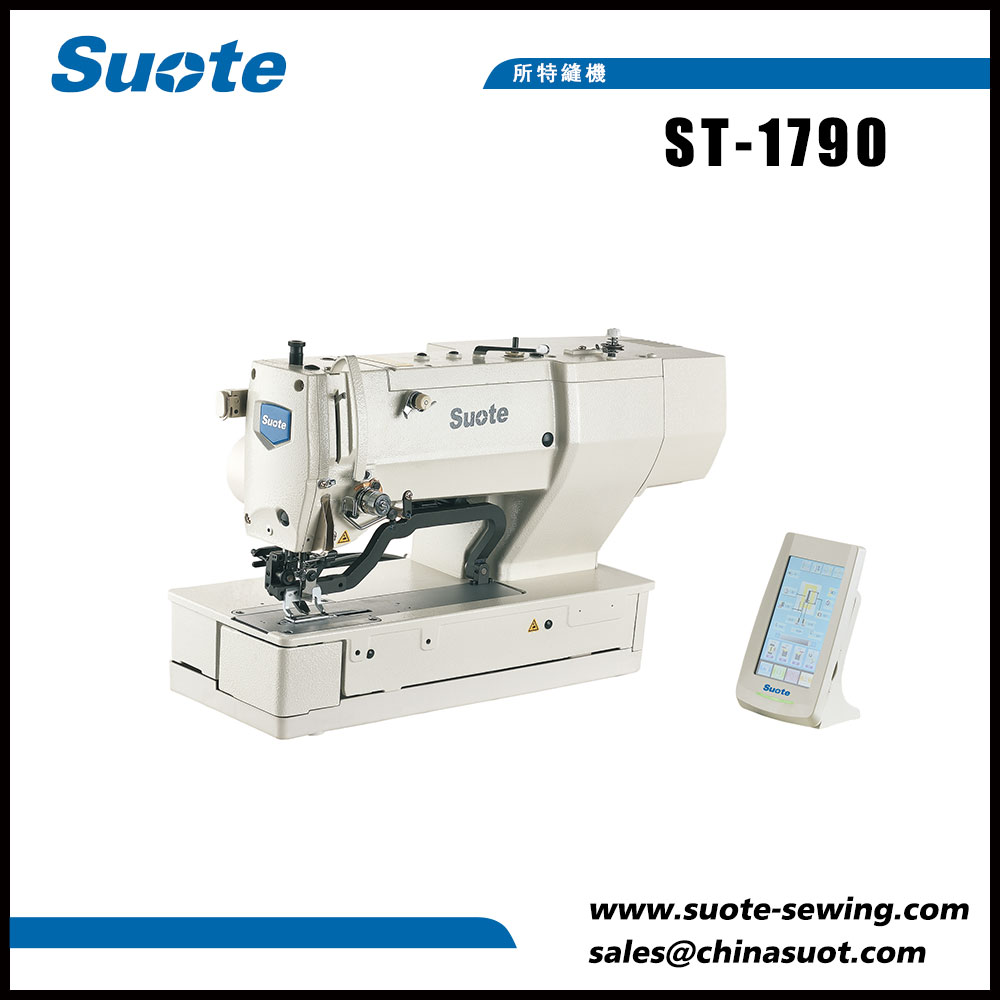What is the buttonhole function on a sewing machine?
2024-06-28
The buttonhole function on a sewing machine is designed to create buttonholes, which are small, reinforced openings in fabric that allow buttons to pass through. This function automates the process of stitching buttonholes, ensuring they are neat, consistent, and securely reinforced. Here's a detailed look at how the buttonhole function works and its benefits:
Key Aspects of the Buttonhole Function
1. Automatic Buttonhole Sewing:
- Modern sewing machines often come with an automatic buttonhole feature, which can sew a complete buttonhole in a single step. The user only needs to specify the size of the buttonhole, and the machine takes care of the rest.
2. Types of Buttonholes:
- Standard Buttonhole: A simple rectangular buttonhole suitable for most garments.
- Keyhole Buttonhole: Has a rounded end to accommodate thicker buttons, commonly used on jackets and heavy fabrics.
- Round-End Buttonhole: Features a rounded end and is often used on knit fabrics.
- Bound Buttonhole: A more decorative and durable option, often sewn by hand or using a special technique on the machine.
3. Adjustable Size:
- The buttonhole function allows users to adjust the size of the buttonhole to match the diameter of the button being used. This ensures a proper fit.
4. Reinforcement Stitches:
- Buttonholes are reinforced with dense stitching to prevent fraying and tearing. The machine typically sews two parallel rows of straight stitches and connects them with a bar tack at each end.
5. Multiple Steps:
- Some machines use a four-step or five-step process to create a buttonhole. The user must manually switch between different stages, which include stitching the left and right sides and the top and bottom bars.
6. Guidance and Alignment:
- Many sewing machines have guides or templates to help align the fabric and ensure the buttonhole is sewn in the correct position.
Benefits of the Buttonhole Function
- Consistency: Ensures uniform and professional-looking buttonholes.
- Efficiency: Saves time compared to manually sewing buttonholes.
- Ease of Use: Even beginners can create buttonholes with ease, thanks to automated features.
- Versatility: Can be used on a variety of fabrics and garments, from shirts and blouses to coats and dresses.
- Durability: Provides strong, durable buttonholes that withstand repeated use.

How to Use the Buttonhole Function
1. Select Buttonhole Stitch: Choose the buttonhole stitch option on your sewing machine. This may be a single-step or multi-step process depending on your machine model.
2. Buttonhole Foot: Attach the buttonhole presser foot to the machine. This specialized foot helps guide the fabric and ensure accurate stitching.
3. Position Fabric: Mark the buttonhole location on your fabric and position it under the presser foot.
4. Set Button Size: If your machine has an automatic buttonhole feature, set the size according to the button you will use.
5. Start Sewing: Lower the presser foot and start the machine. It will sew the buttonhole automatically, following the selected stitch pattern and size.
6. Cut the Opening: Once the buttonhole is sewn, use a seam ripper or small scissors to carefully cut the center opening.
By using the buttonhole function, you can achieve precise, durable, and attractive buttonholes, enhancing the quality and appearance of your sewing projects.


